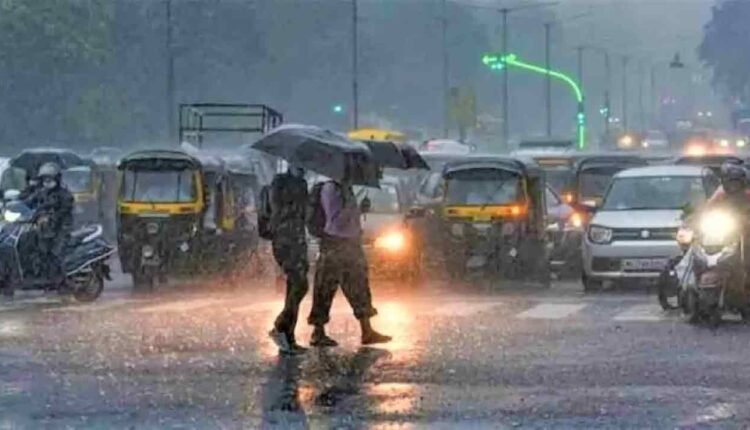Moderate Rains Likely In India In July
New Delhi: India will likely get above-average rainfall in July as the monsoon has picked up momentum, the Indian Meteorological Department (IMD) said on Monday.
Click Here To Join Us On WhatsApp
According to the IMD forecast, there is an 80 percent probability of normal to above-normal rainfall in July across all regions of the country apart from the Northeast.
The favorable La Nina effect is expected to come into play during the second half of the monsoon season, resulting in more rain, said IMD Director General Mrutyunjay Mohapatra.
Click Here To Join Us On WhatsApp
The monsoon arrived early over Kerala and the Northeast on May 30, but its progress slowed over Maharashtra.
This resulted in scorching heat waves in northwest India and prolonged dry conditions in West Bengal, Odisha, Jharkhand, Bihar, Chhattisgarh, Madhya Pradesh, and Uttar Pradesh.
Click Here To Join Us On WhatsApp
“The country recorded 16 days of below-normal rainfall activity from June 11 to June 27, which led to overall below-normal precipitation,” Mohapatra said.
According to the IMD data, the country received 147.2 mm of rainfall against a normal of 165.3 mm during June, which is a deficit of 11 percent for the month.
Click Here To Join Us On WhatsApp
The monsoon plays a key role in the Indian economy as close to 50 percent of the country’s farmland does not have any other source of irrigation.
The monsoon rains are also crucial for recharging the country’s reservoirs and aquifers from which water can be used later in the year to irrigate crops.
Click Here To Join Us On WhatsApp
India has emerged as a key exporter of foodgrains but had to curl overseas shipments of sugar, rice, wheat, and onions to increase domestic supplies and keep prices in check due to the erratic monsoon last year, which hit farm production. Robust growth in the farm sector helps to keep inflation in check.
Apart from supplying food, the farm sector also plays a key role in providing a demand for industrial goods such as two-wheelers, fridges, and fast-moving consumer goods (FMCG).
Click Here To Join Us On WhatsApp
An increase in agricultural production and incomes, therefore, apart from contributing directly to GDP growth, also leads to an increase in industrial growth.
Next Story:
Now you can get the latest stories from Indtoday on Telegram every day. Click the link to subscribe. Click to follow Indtoday’s Facebook page, Twitter and Instagram. For all the latest Hyderabad News updates






